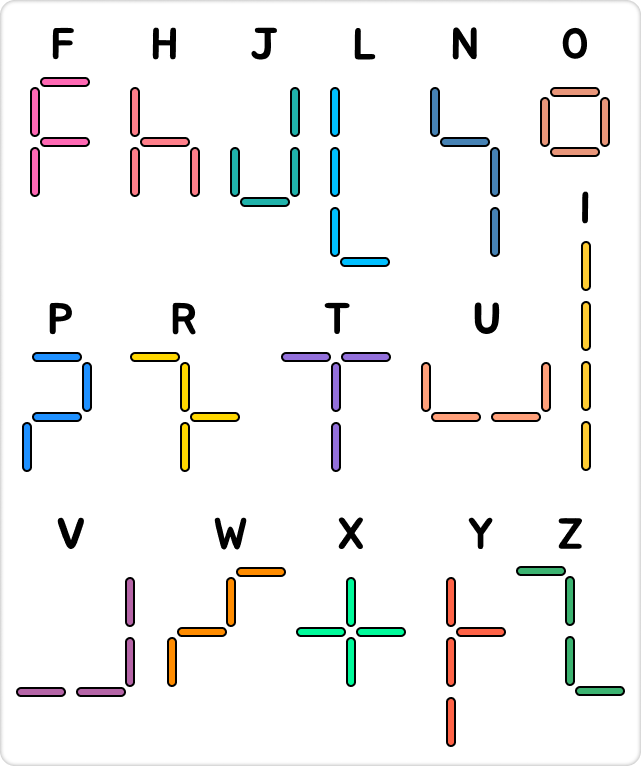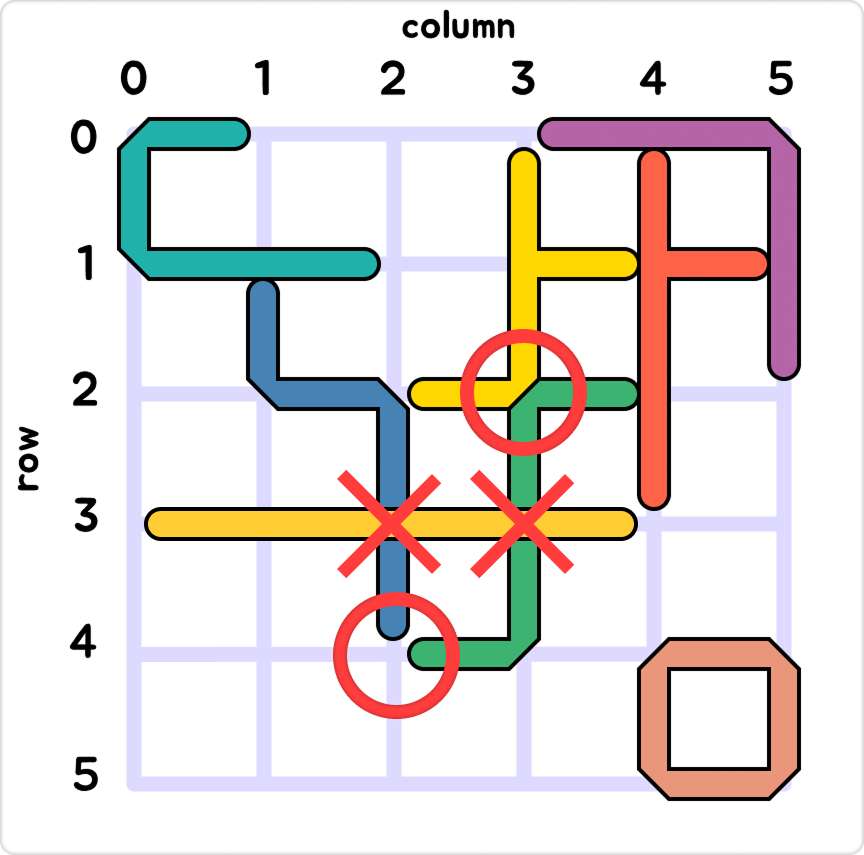The R tetrastick as shown in Fig 2, requires you to flip it horizontally (flip = 1) and rotate it twice (rotate = 2):

Fig 3 : Tetrastick transformation
The bounding box of this tetrastick is 2×2. The row and column values represent the position of the top-left corner of the bounding box. In the example above, that would be row = 0 and column = 2.
A tetrastick placement is described using its id, flip, rotate, row and column separated by space. For example: R 1 2 0 2
At the beginning of each turn, you will receive a complete description of the board, which consists of the placement descriptions of all already placed tetrasticks. At the end of your turn, you must output the placement description of a single tetrastick.


